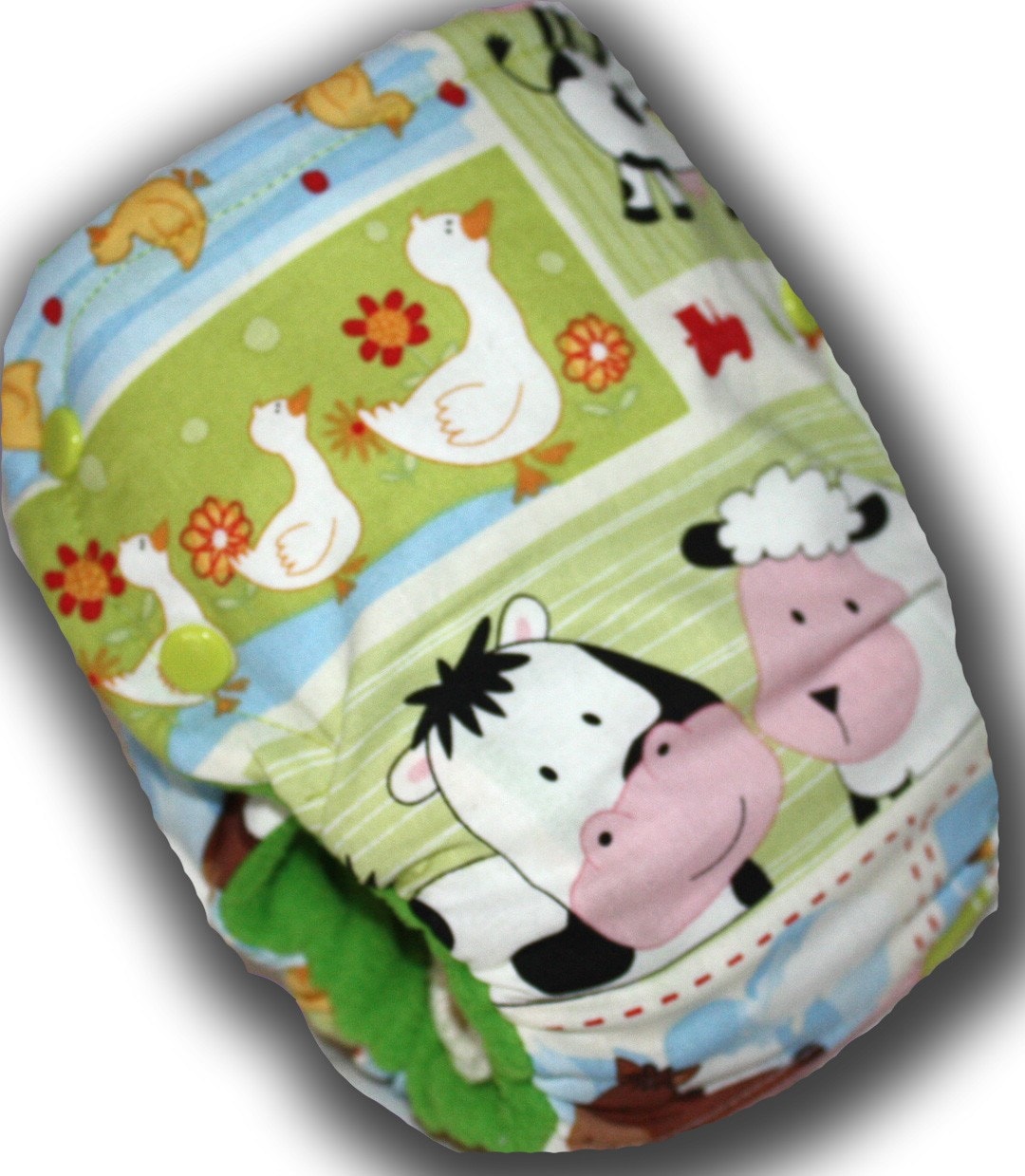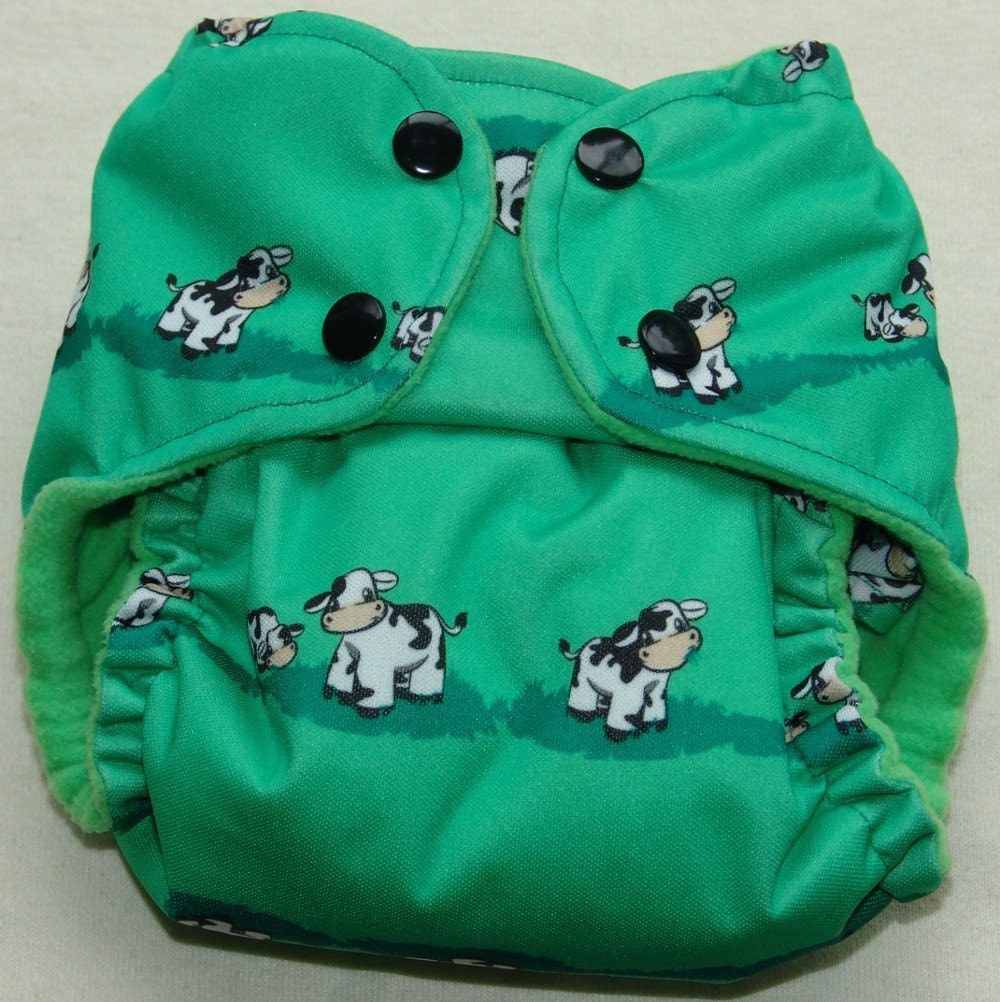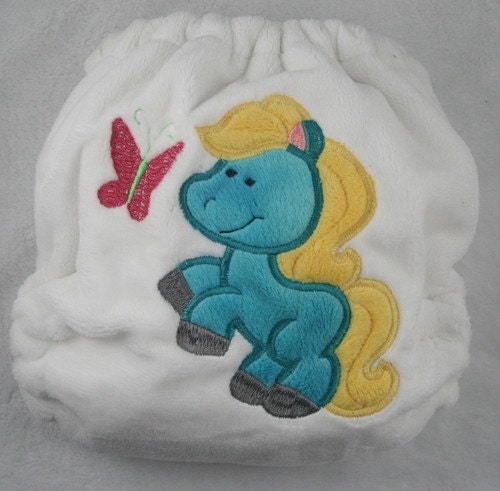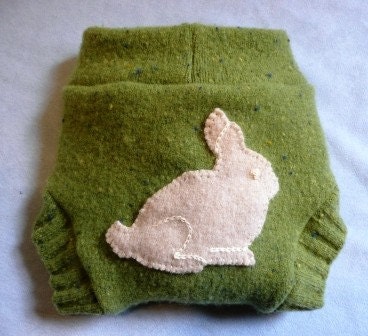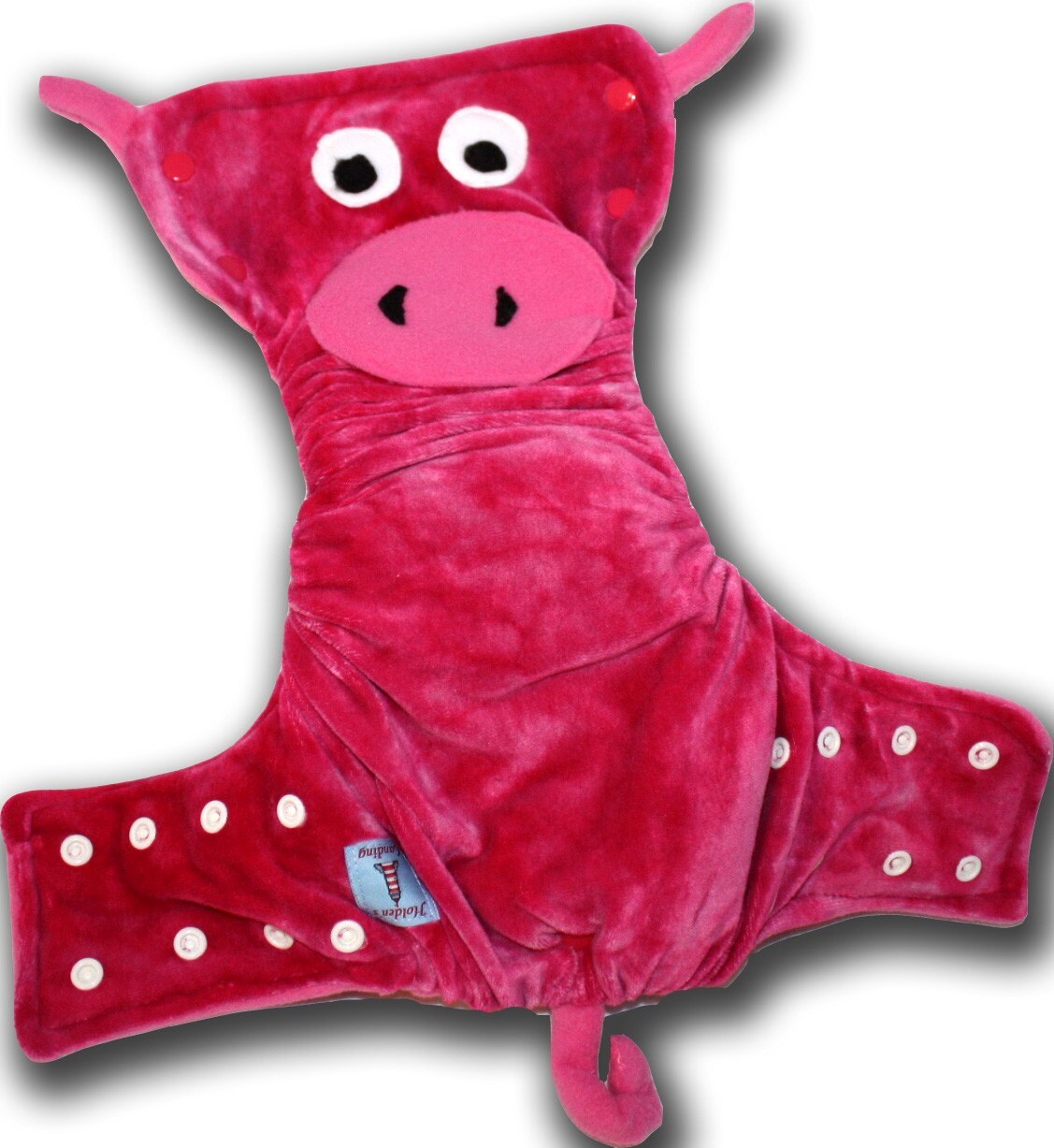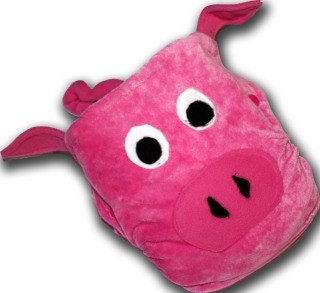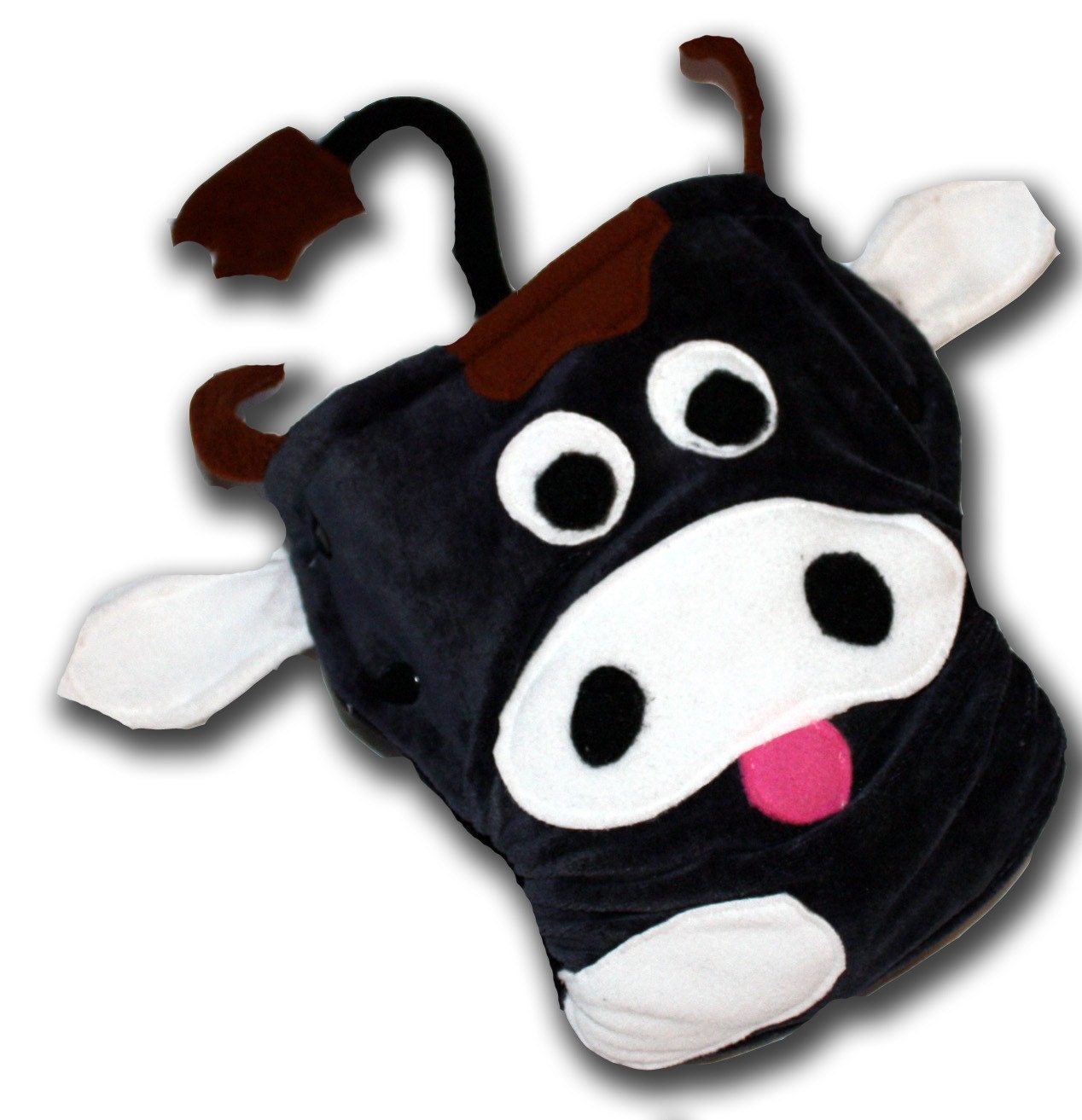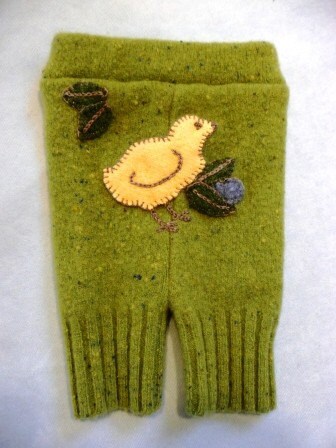-thoroughly written by Christine-cloth diaper maker of FancyCloth Baby
A cloth diaper is an absorbent piece of cloth that usually needs a waterproof cover. The modern cloth diaper comes in a variety of systems to fit your lifestyle, more reliable and super CUTE to boot.
Pre-folds & Flats are rectangular pieces of fabric sewn together in several layers. The prefold has an usually has an absorbent middle with extra layers already sewn in construction. However, the flats are one layer that must be folded to create the additional amount of absorbency. These diapers require a waterproof cover made of PUL, fleece, or wool to keep babies clothes dry. Pins and snappis are how they are secured. Tri-folded and layed into cover with out pins works just as well.
Pros
- Most economical system
- Useful for other things such as burp clothes, changing pad, inserts for pocket diapers if folded in thirds.
- Can use a waterproof cover more than once, just get a new pre fold
- Long lasting
- Highly absorbent
Folding prefolds; The simplest way to use prefolds are folding it in thirds and laying it in a diaper cover. There are other varieties of folds that require a closure like pin or snappi.
Cons
- May not be convenient running errands or on the go
- DO not fit snugly around legs or waist without security of a cover
- Time consuming with folding
Fitted diapers are diapers that are constructed with many absorbent layers sewn together fitting shape of a baby and using elastic around elastic. They can be closed with snaps, hook and loop or be pin able. They are not waterproof and require a waterproof cover made of PUL, fleece, or wool.
Pros
- Contain in messes with elastic around legs and waist
- Every square inch is absorbent; so it's highly absorbent
Cons
- Requires cover
- May take longer to dry than a prefold
- Can leave red marks from elastic
- If has serged may irritate babies skin.
Waterproof covers
The covers are usually a separate piece that goes over absorbent cloth made of a variety of fabrics.
Polyurethane Laminate (AKA PUL) The most common fabric used. This cover is usually wipe able and can be reused throughout the day. You will only need about 4-4 covers per dozen fitteds or prefolds. This usually partially breathable preventing diaper rash.
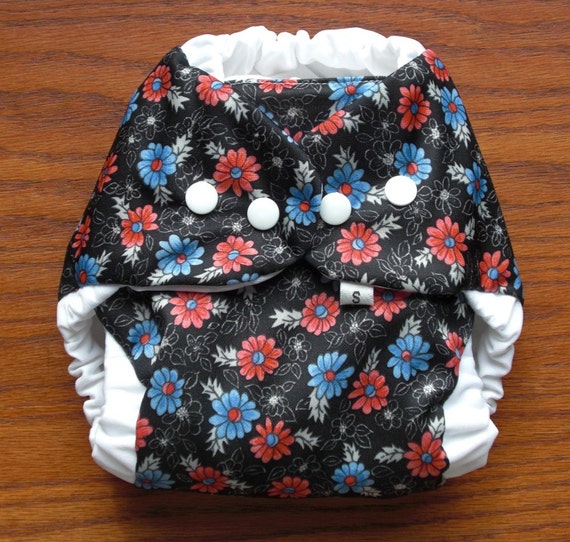
- Fleece, are a great alternative to laminated covers but are just water resistant, as long as you have enough absorbency you probably won't have problem with leaking. Also a breathable fabric.
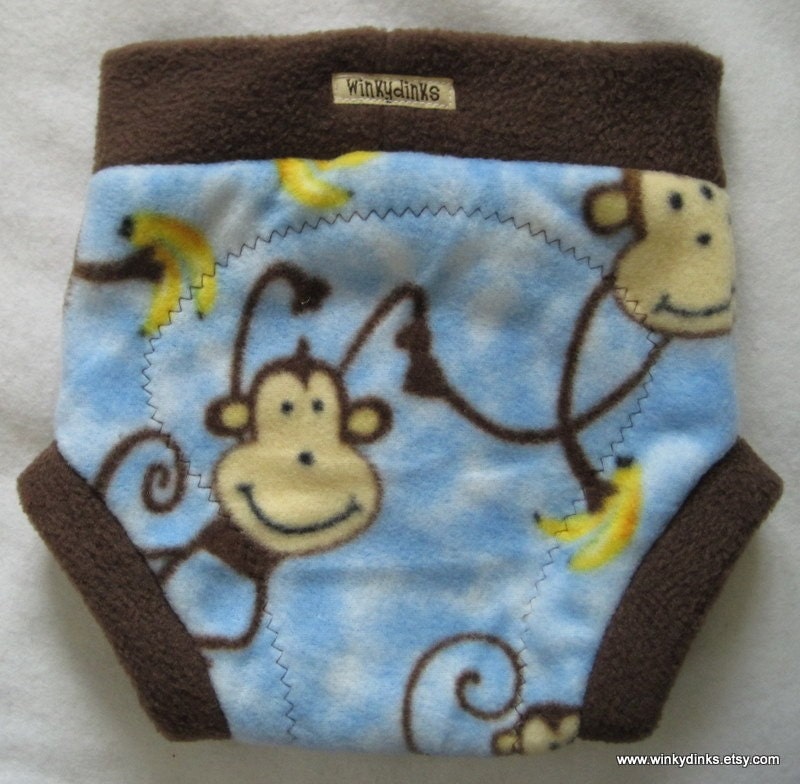
- Wool covers are made of natural fibers that absorb and repel moisture away from baby. This is a breathable cover to keep baby warm in the winter and cool in the summer and prevent diaper rash.
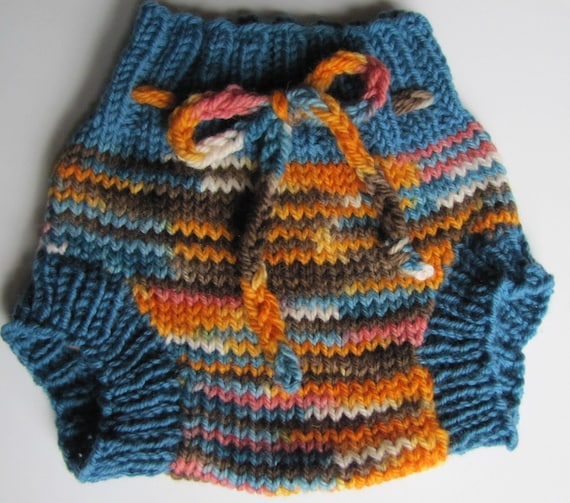 Pocket diapers
Pocket diapers The construction consists of a waterproof outer cover, sewn to a stay dry lining fabric. This lining fabric has an opening (or pocket) in back or front. You use this pocket to stuff an absorbent soaker pad or trifolded prefold into the diaper. Closures are already sewn to diaper wither snaps, or hook and loop.
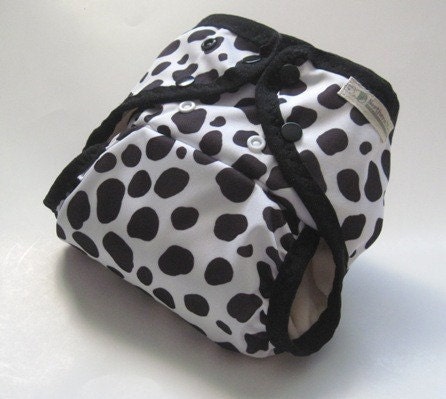
Pros
- Can adjust absorbency with as much or little; as you need.
- Usually lined with a stay dry fabric to keep babies bottom dry, great for long car rides or wet sensitive babies.
- Dries fast because soaker is separate.
Cons
All in One or All in 2 (AIO/AI2)
Elasticized in leg and waist for great fit. Everything is sewn into the construction of an all in one. The outer water proof, the absorbent inner fabric with soaker built in. It is usually referred to as an AI2 if the soaker is detachable or sewn to one side to become fast drying! Closures are also made into the construction of this diaper using snaps or hook and loop.
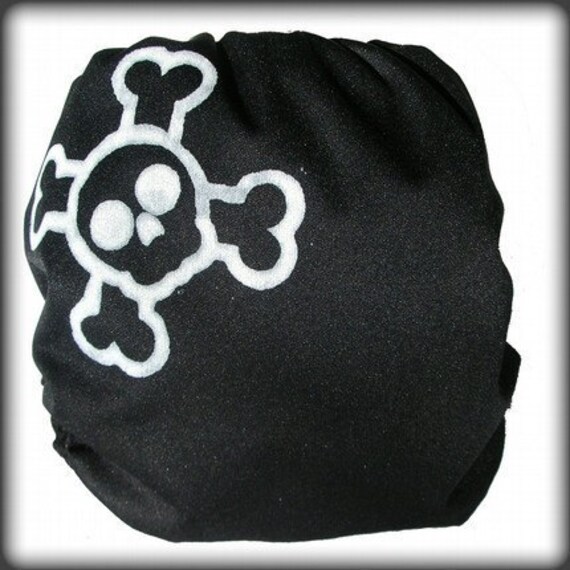
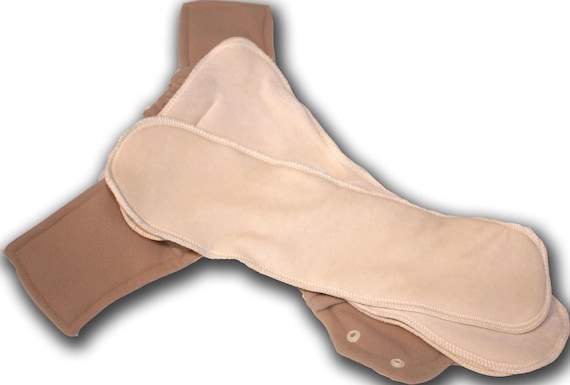
Pros
- Convenient on the go
- Great for care givers like baby sitters, grandparents, day care
- One Piece
- AI2 diaper is FAST drying
Cons
- AIO Not fast drying, likely will take more than one cycle to dry
- Must use a new diaper with every change unlike separate covers
- Most expensive type but convenient and easy.
One size vs. Sized diapers
One size diapers commonly have rows of snap in front of diaper to adjust rise of diaper. Sometimes they have adjustable elastic too in waist and leg
- Means less diapers to buy/economical (pro)
- Will not fit a baby under 10lbs (con)
- Can leave snap marks on baby because the rise is usually made with rows of snaps (con)
- You can use for more than one child by adjusting size to desired rise and waist (pro)
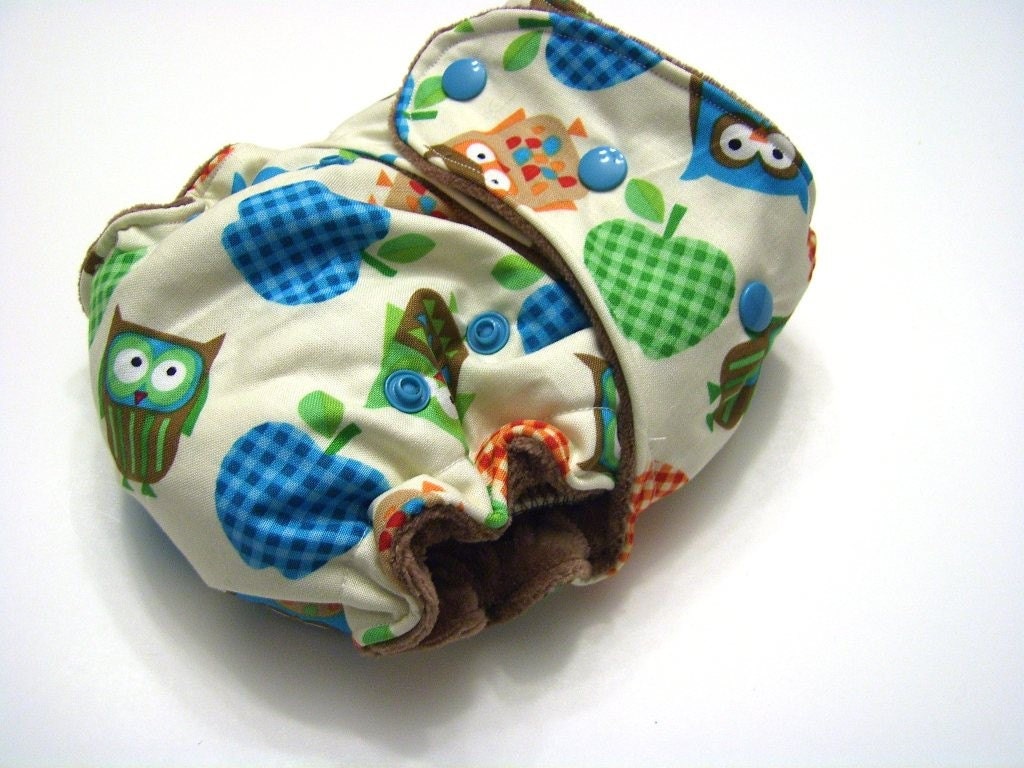
Sized diapers come in variety of sizes
- Ensures perfect fit for any size
- Won't leave snap marks from adjusting snaps
- Can fit smaller babies and bigger kids that go over or under weight limit of OS
Closures
Snaps best for baby not being able to undo but takes time to close.
-Hook and Loop (aka aplix or velcro) creates a great fit, great closure for fast changes and on the go. Unless you launder with it closed or use laundry tabs, it can collect lint.
-Pins used for diapers with no closure, fitteds or prefolds. They have safety so baby won't be able to open it, be careful of YOUR fingers and baby though!
-Snappi is fastener that is stretchy, it has three sides, and on each side are claws or clips..They grab the fabric and secure it in place. No risk of poking you or baby!
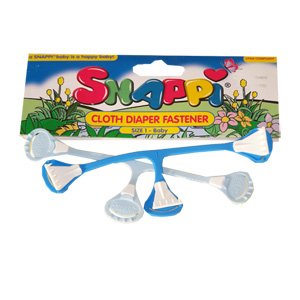
Happy cloth diapering
This post can also be seen on my cloth diapering website which has all the information you need on cloth diapering, info on my products and cloth diaper sewing!
http://www.fancycloth.blogspot.com/
